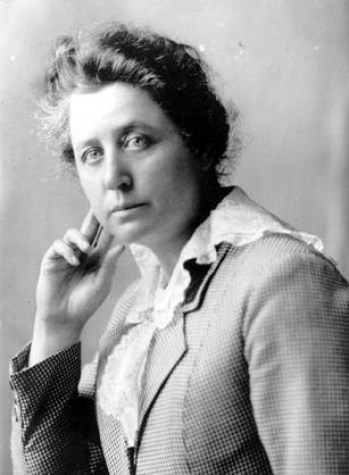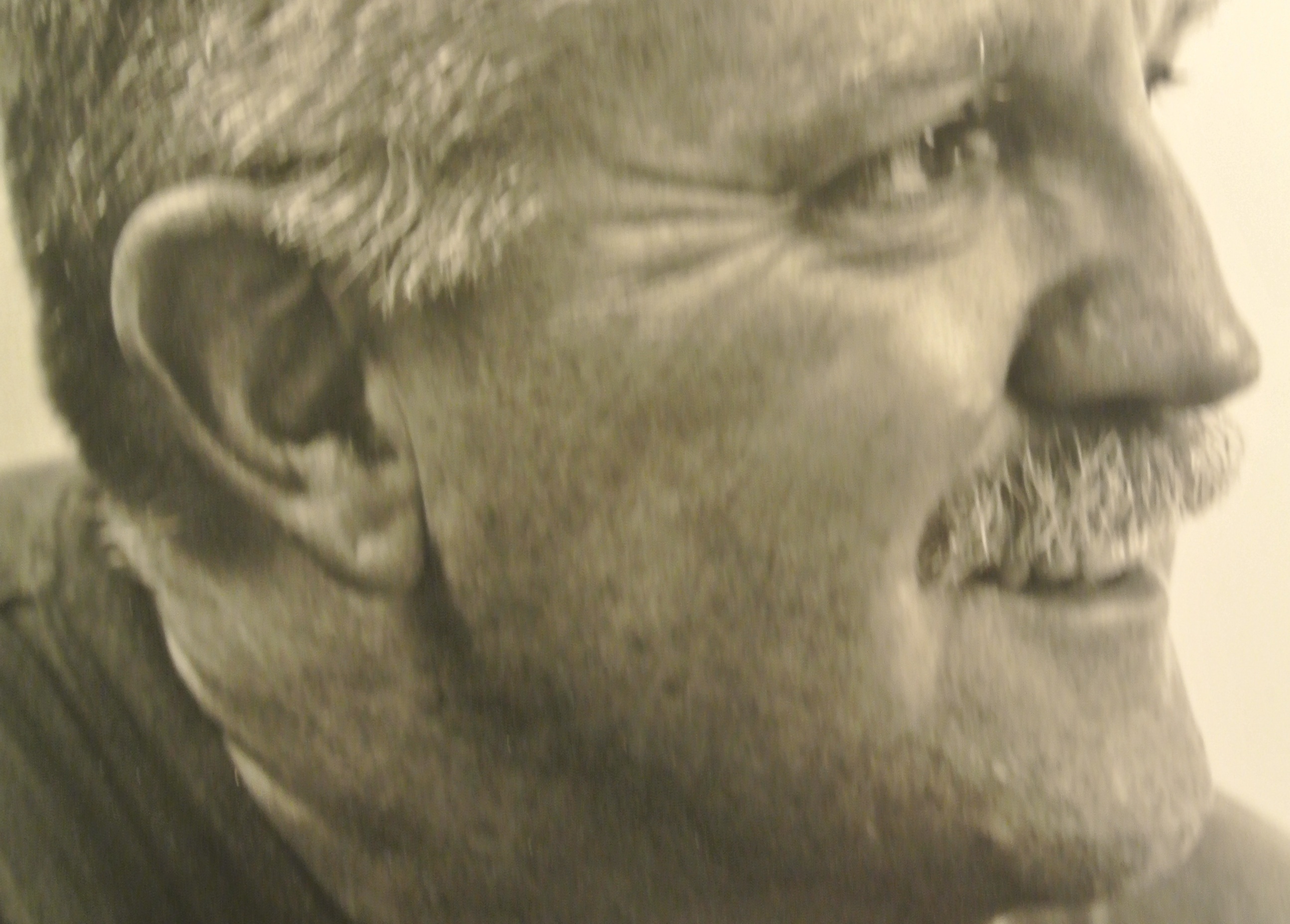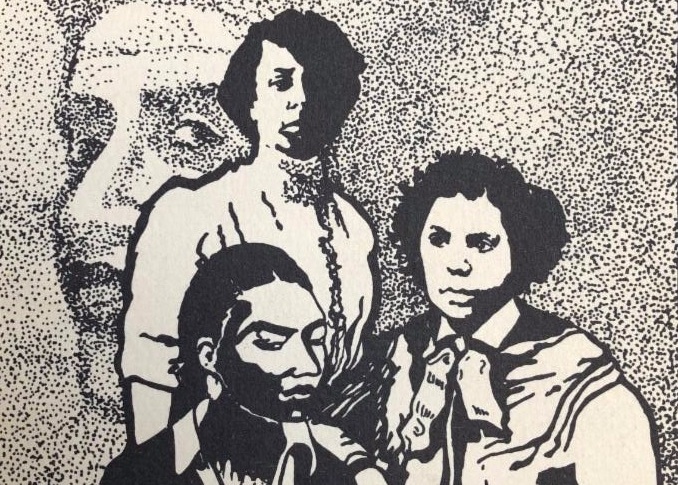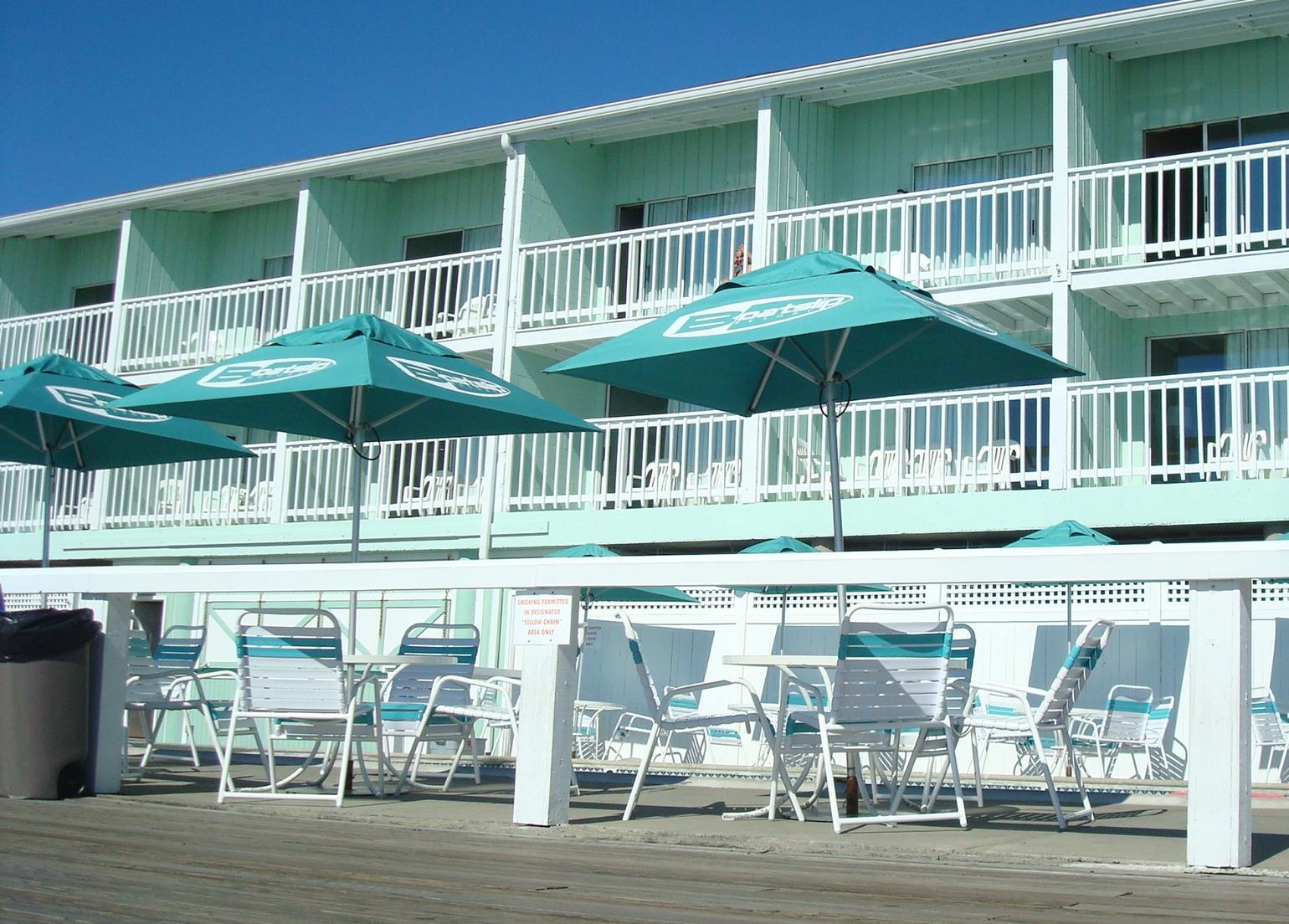Sort by:
Marie Equi: Her Fight for Women’s Equality

Originally published in Boston Spirit Magazine, Dec. 2016, and on Mark Krone's blog Boston Queer History.
Marie Equi wasn’t supposed to amount to much. Born in 1872 to immigrant parents in New Bedford, a Yankee city on the decline, Marie’s future was limited at best. There were two routes to a decent life for most immigrant girls then: marriage or education; Marie was not a promising candidate for either. Her teachers thought her intelligent but unruly and she had never shown the slightest interest in the opposite sex.
Under these circumstances, Marie looked forward to a harsh life in the textile mills and a mundane home life living with her parents and/or siblings. But that’s not how it turned out. Not at all.
Marie Equi went on to become a homesteader in the Far West, a medical doctor, out lesbian, labor activist, suffragist, and one of the most significant reformers of her era. How did it happen and why has such a great American story not been told? Fortunately, public historian Michael Helquist’s recent book Marie Equi: Radical Politics and Outlaw Passions rescues her from oblivion. Equi now takes her place in the pantheon of LGBTQ heroes.
As a child, Marie suffered from tuberculosis which got so bad, she was sent to family friends in Florida to recover. She was a good student at New Bedford High School, forming her first significant female attachment with a teacher, Mary E. Austin. Austin may have been the first person outside of her family to sense Marie’s dynamic combination of energy, restless intelligence, and charisma. But like other working class girls, Marie was soon forced to drop out of high school to work in the textile mills where she experienced firsthand the dehumanizing drudgery of the work. She also saw how unsafe it was, as the factory air was so thick with floating cotton fibers that workers sometimes vomited cotton balls at the end of their shifts.
But Marie’s capacity for friendship was about to save her. Betsy Bell Holcomb was a high school friend from a well-off New Bedford family, who had been impressed with Marie’s intelligence and charm. Betsy was a Wellesley College student who took Marie on as a project and was determined to see her get a chance to attend Wellesley, too. But after a stint at Northfield Seminary for Girls (now Northfield Mount Hermon School) to prepare for college, Marie was forced to return to New Bedford as she could not afford the tuition. At 19, Marie Equi was at a crossroads.
It must have shocked Betsy Bell Holcomb’s family when she dropped out of Wellesley before graduating and moving to Oregon to homestead a piece of land. But that is exactly what she did and before long, she wrote to Marie, urging her to come out West and join her. Without hesitating, Marie joined Betsy in The Dalles, Oregon in September 1882.
At first, life was good on The Dalles, which was a town at the end of the Oregon Trail. The women lived as a couple and attempted to make a go of it as farmers. Betsy supplemented their income by teaching in town. Early on, it was clear that had both a fiery temper and a strong sense of justice. Betsy Bell Holcomb had taught at the local private academy run by a shady character named O.D. Taylor. When the end of the school year came, Holcomb had still not received her final salary of $100. The women went to Taylor’s office and demanded payment. Equi even threatened to horse whip Taylor in the middle of the street if payment was not made. A fight ensued and Taylor was restrained by men on the street while Equi “reigned blows” on him. Most onlookers cheered as Taylor’s reputation as a double dealer was well known.
Equi’s relationship with Holcomb combined with her relocation to The Dalles had given her a new-found confidence. She was no longer just an immigrant’s daughter. It was around this time, that she decided to become a medical doctor.
Equi established her medical practice in Portland, Oregon in 1905. She soon distinguished herself as a doctor, especially for women, for whom she performed a range of services, including abortions in a clean, safe setting. Oregon was a center of the Progressive and Suffragist movements. Equi soon met Abigail Scott Duniway, the leader of the Oregon Suffragist movement. Though some activists thought Duniway moved too slowly and quietly, Equi admired her and the two became friends.
When the San Francisco Earthquake struck in 1906, Equi, along with many other Portland medical professionals rushed to the stricken city to help in relief efforts. Her reputation as a humanitarian grew when her work in caring for a dozen pregnant women, new mothers, and babies, in the immediate aftermath of earthquake hit the newspapers. It is entirely possible that the first babies born in San Francisco after the earthquake were delivered by Marie Equi.
Equi soon met and fell in love with a young wealthy women, Harriet Speckart. The relationship did not sit well with Speckart’s mother. Equi became embroiled in a legal case involving Speckart’s inheritance. Her mother charged that Harriet was under the spell of Marie Equi. Despite her mother’s disapproval, Speckart was Equi’s longest relationship and they eventually adopted a child named Mary. Speckart did most of the child rearing, while Equi’s medical work covered the expenses.
Other women also figured in Marie’s life and she never hid or denied the nature of the relationships. Even when Equi was called “mannish” or “an unsexed woman,” she never backed down.
Over the years, Equi never forgot her early life in the New Bedford mills. She championed a variety of causes including the eight-hour day, the right to organize a union, and an end to child labor. But her primary cause was women’s suffrage. In 1912, Equi saw Oregon women gain the right to vote when a state referendum passed 52%-48%. It was the sixth Oregon referendum on Suffrage, the previous five having failed.
On the eve of World War I, Equi denounced American involvement. She was charged with sedition and spent ten months in prison at San Quentin State Prison. Her daughter Mary said that her mother was never the same after the imprisonment. Free speech was a protected right only if you agreed with the war effort.
At the end of her life, when she checked into a hospital in 1950, Equi received 13 red roses from local longshoremen who remembered when she had spoken out for them. Her friend Julia Ruutttila wrote of Equi: “Fighter and friend to valiant end/ our champion to revere and defend.” Equi died in 1952.
Recently, in thinking about Equi’s life, the book’s author, Michael Helquist said, “Lots of people struggle with obstacles that leave them feeling discouraged and alone. I hope they recognize in Marie Equi another outsider…(who) made progress by not giving up.”
Top Related Stories
Rudy Kikel: Boston Poet Who Influenced How A Generation Saw Itself
Originally published in Boston Spirit Magazine January/February 2013, and on Mark Krone's blog Boston Queer History [...]
Originally published in Boston Spirit Magazine January/February 2013, and on Mark Krone's blog Boston Queer History [...]
Bulletin: Barbara Henry and a Black Lesbians Bibliography (February 2020)
This month's Bulletin looks at a book we have in our archives, Black Lesbians: An Annotated [...]
This month's Bulletin looks at a book we have in our archives, Black Lesbians: An Annotated [...]
Bulletin: Remembering the Boatslip Tea Dances of the 1980s (August 2019)
To celebrate summer, let’s take a nostalgic look back at 1983 Provincetown. Though the AIDS epidemic [...]
To celebrate summer, let’s take a nostalgic look back at 1983 Provincetown. Though the AIDS epidemic [...]


